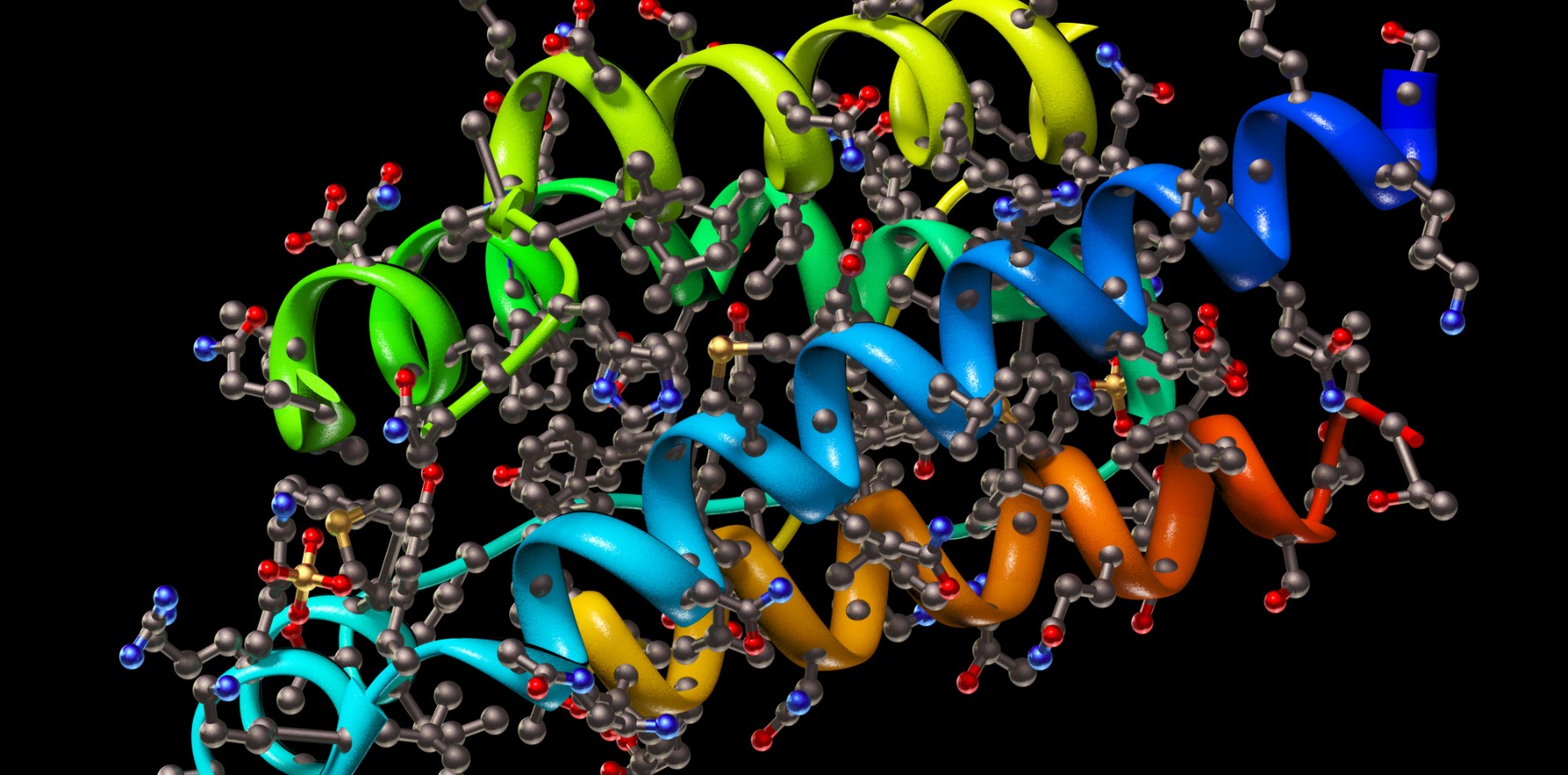Evidence is mounting for the use of biologic therapies for LPP and DLE alopecia.
The pro-inflammatory mediator, interleukin-17 has been identified as playing an important role in the pathogenesis of the two most common causes of cicatrial alopecia, namely discoid lupus erythematosus (DLE) and lichen planopilaris (LPP).
And researchers say immunohistochemistry for IL-17-positive cells presents a promising way to differentiate between cicatricial alopecia produced by DLE and cicatricial alopecia produced by LPP.
The study, published in the International Journal of Dermatology, adds to existing research that suggests monoclonal antibodies targeting IL-17 (or IL-23 that induces differentiation of naïve T cells into the T helper-17 cells that produce IL-17), are effective in treating patients who have not responded to traditional treatments like topical and oral corticosteroids, psoralen and ultraviolet A (PUVA) therapy, azathioprine and methotrexate.
The researchers compared the amount and pattern of distribution of IL-17 positive cells in LPP and DLE, which are of the most frequent causes of primary cicatricial alopecia (CA).
Biopsies of lesional scalp skin from 30 adults with LPP, 19 with DLE and 18 control patients, were analysed by immunohistochemistry (IHC) using a rabbit polyclonal antibody against IL-17.
The mean number of IL-17 cells per high power field (HPF) in both LPP and DLE groups was significantly higher in comparison with the control group (both p < .0001).
Furthermore, the LPP group had higher values of IL-17 cells per HPF (47.56 ± 13.37) compared to the DLE group (22.21 ± 11.06) (p < .0001). The presence of more than 30 IL-17+ cells per HPF has a sensitivity of 90% and a specificity of 78% for differentiating LPP from DLE. The presence of IL-17 cells at both the dermoepidermal junction and the deep dermal area also favoured a diagnosis of DLE.
“Although there is no previous study on the role of IL-17 in LPP, our finding is compatible with the study conducted by Pollman et al. on mucocutaneous lichen planus,” the researchers wrote.
“In their study, five patients with lichen planus were treated with anti-IL-17 drugs. This treatment resulted in rapid and persistent improvement of mucocutaneous lichen planus with a subsequent decrease in the infiltration of IL-17+ T-cells in lesional oral lichen planus.”
Melbourne dermatologist and Dermatology Republic Editor, Professor Rodney Sinclair, said evidence was mounting for the use of biologic therapies for LPP and DLE alopecia.
He co-authored a letter to the editor published in the Australasian Journal of Dermatology that examined the case of a 59-year-old woman with a nine-month history of biopsy-proven, severe erosive oral lichen planus (OLP) that was refractory to multiple treatments.
She experienced significant clinical improvement after three doses of the anti-interleukin-23 (IL-23) monoclonal antibody tildrakizumab.
And in another case, of 35-year-old man with a 15-year history of pruritic lichenoid papules and plaques was treated with tildrakizumab. By the third dose his disease had nearly cleared.
Professor Sinclair said biologic therapy was also proving successful for treatment-resistant lupus erythematosus tumidus. He cited the case of a 39-year-old patient with a 15-year history of LET, who had trialled topical corticosteroids, topical calcineurin inhibitors, prednisolone and hydroxychloroquine with minimal improvement.
Methotrexate 10mg weekly was commenced in addition to hydroxychloroquine 400mg daily. Concurrent intralesional triamcinolone acetonide injections were administered. After two months of treatment there was no improvement in his condition.
Following Therapeutic Goods Administration (TGA) special-access scheme approval for off-label use, methotrexate and hydroxychloroquine were ceased, and tildrakizumab 100mg was injected subcutaneously at week 0 and week 4.
“After two doses of tildrakizumab, there was significant improvement in the facial plaques,” Professor Sinclair said.
“He received his third dose of tildrakizumab at week 16. The response was sustained at week 24 and the patient was satisfied with the result. There were no adverse effects.”


